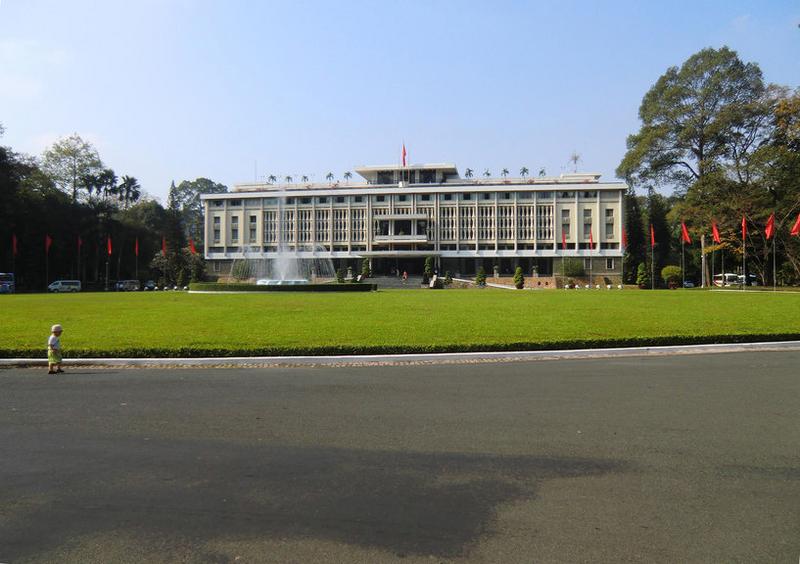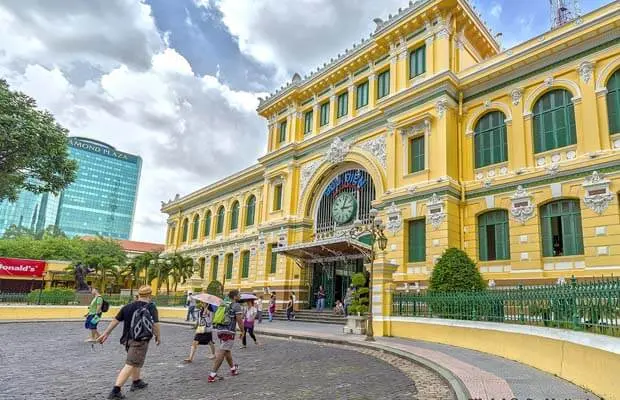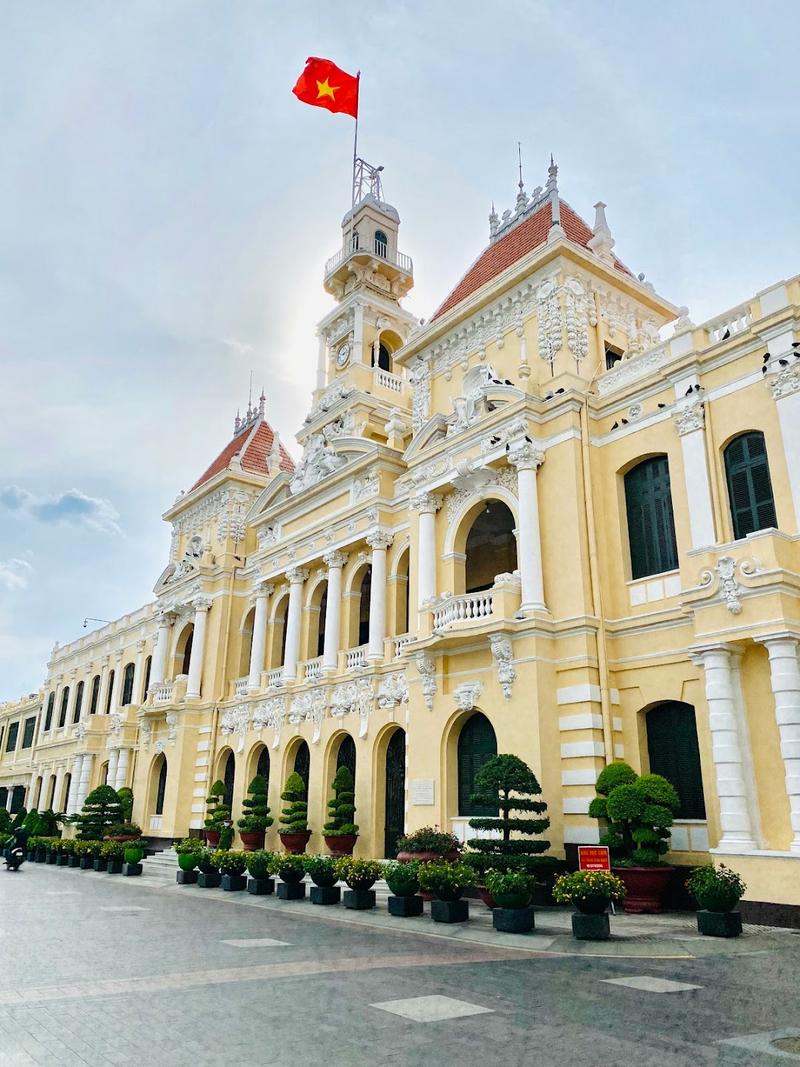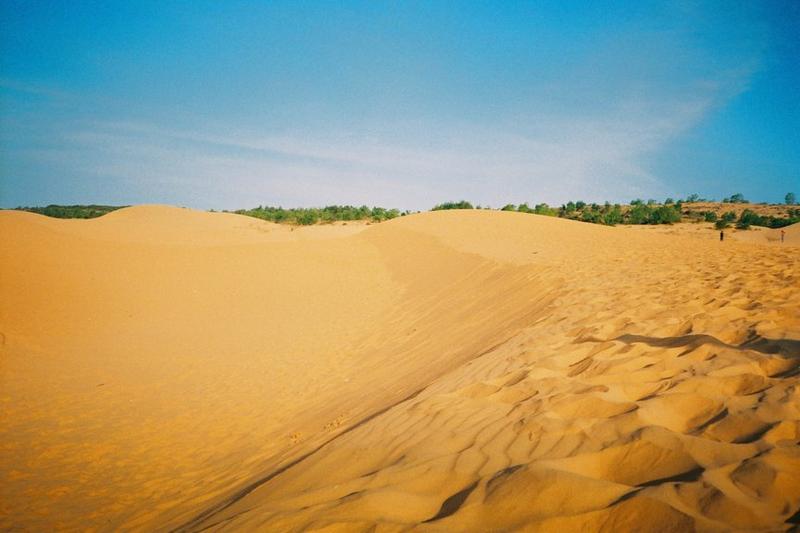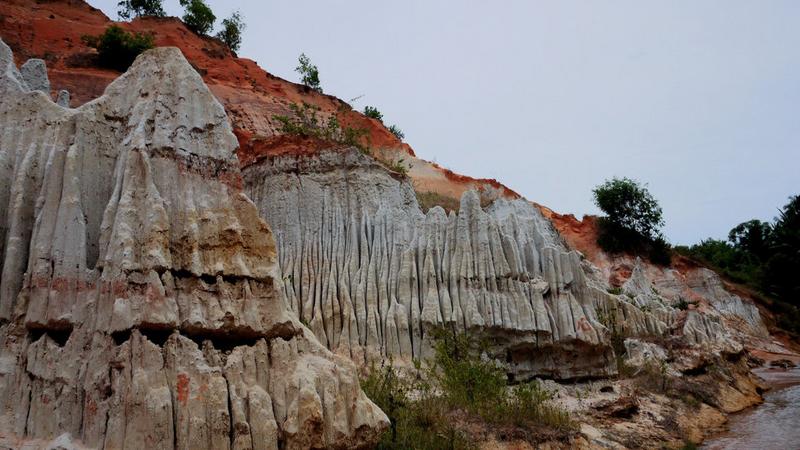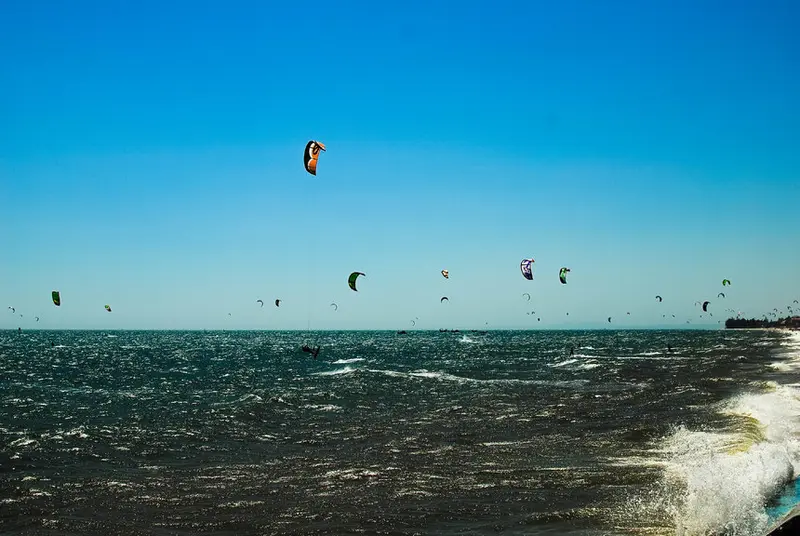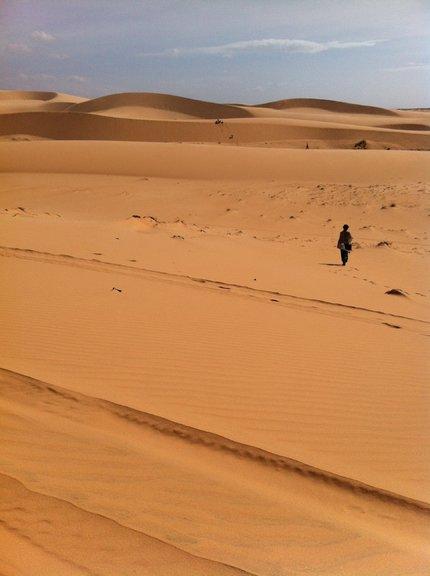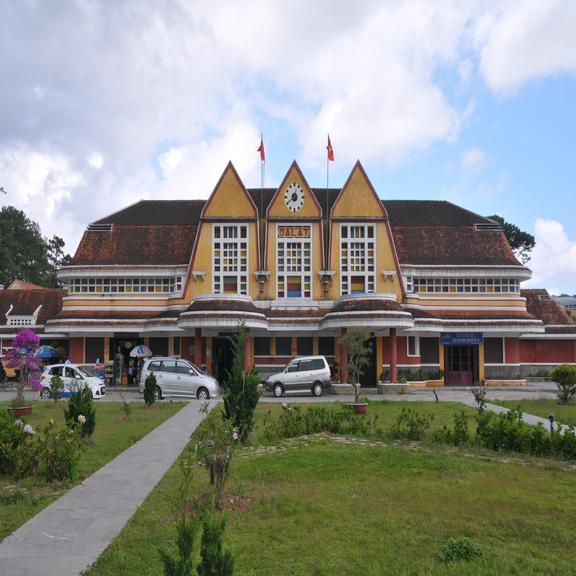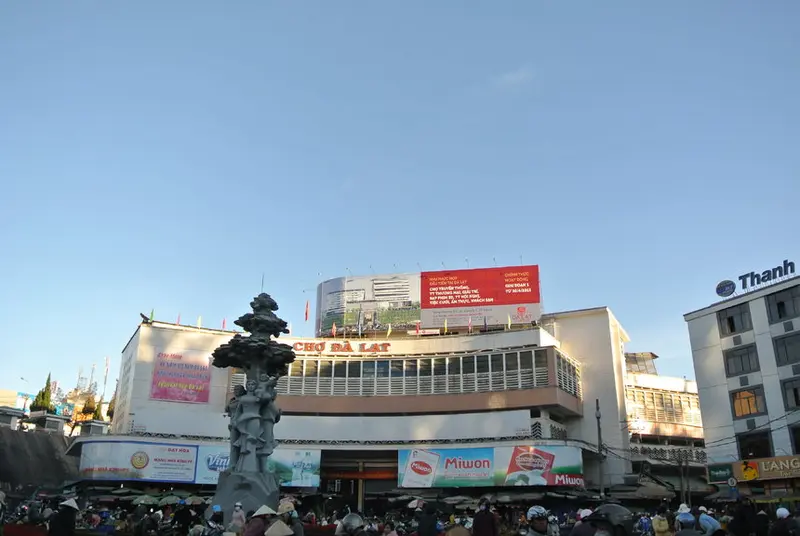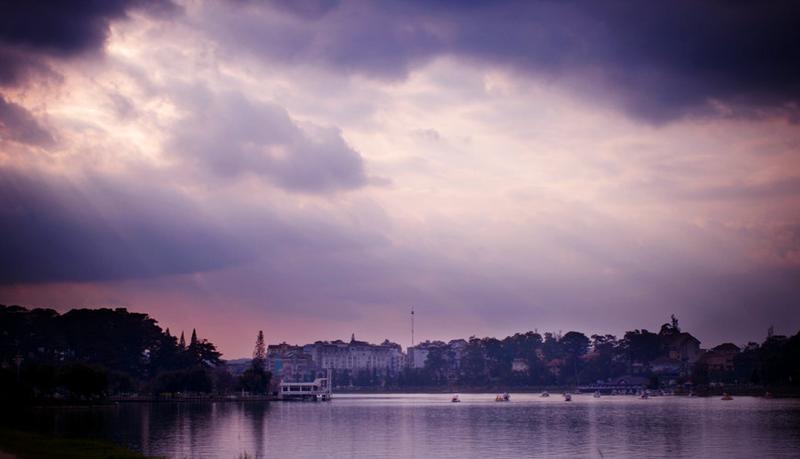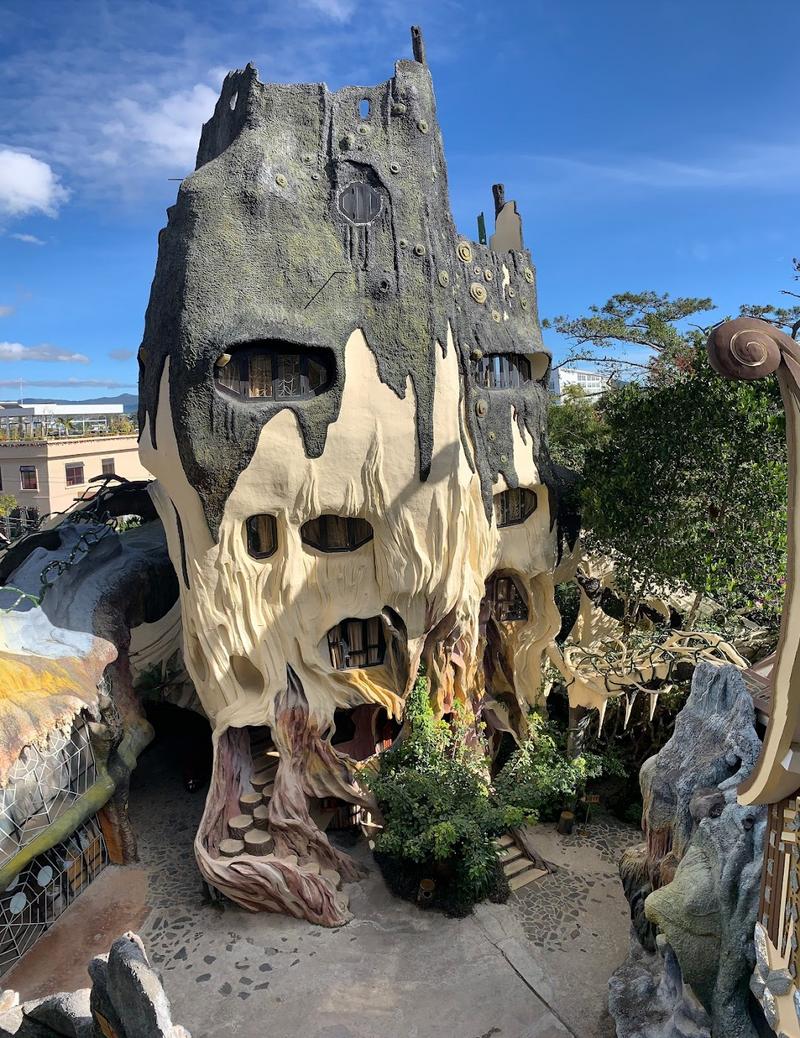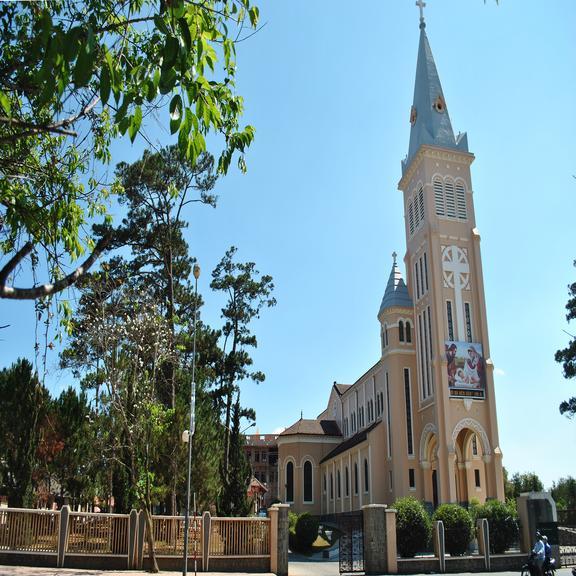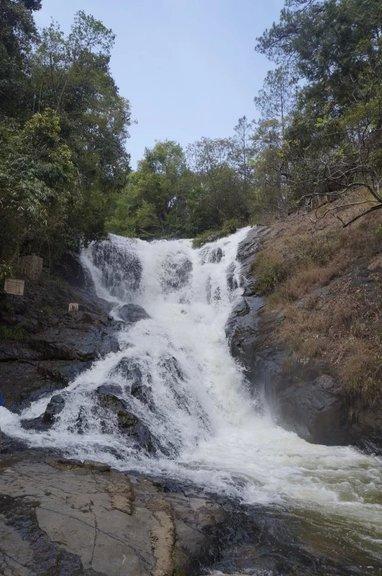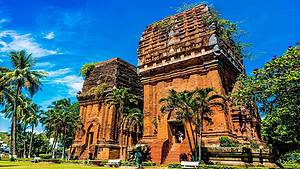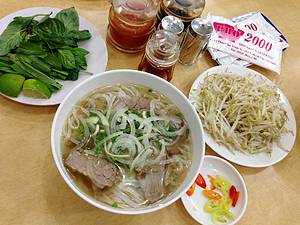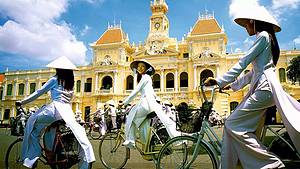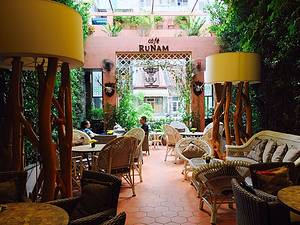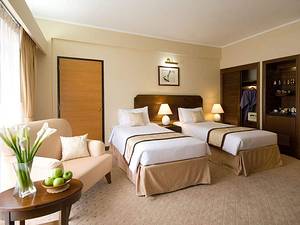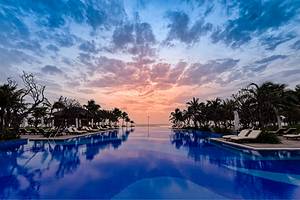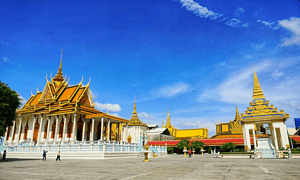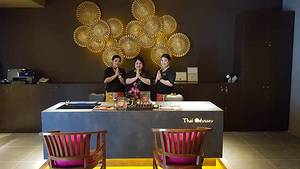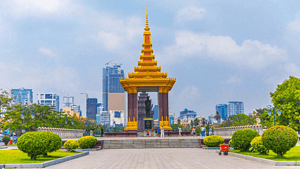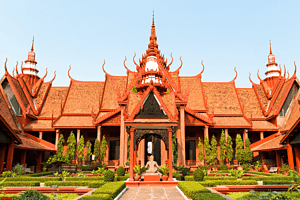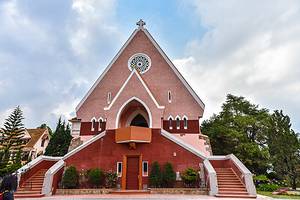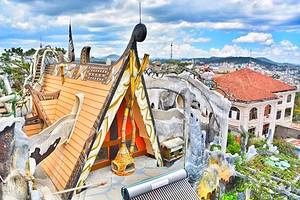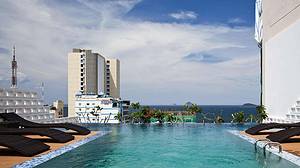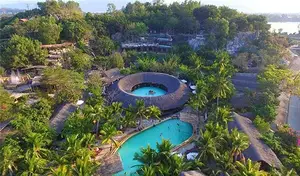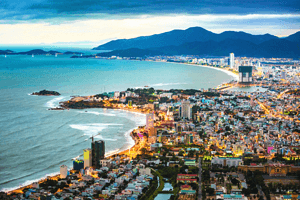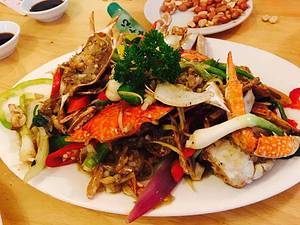Exploring Vietnam: A Seven-Day Tour
3 cities |
19 attraction(s) |
total distance 372
km
 TIPS
TIPS
Day1
Day2
Day3
Day4
Day5
Day6
Day7
Day1: Ho Chi Minh City
3 attraction(s) ·
2 km
1
Independence Palace, formerly known as the Governor's Palace and later renamed Norodom Palace, is one of the most important landmarks in Ho Chi Minh City. Built at the end of the 19th century, it was destroyed and rebuilt in the 1960s. On April 30, 1975, it was taken over by the Vietnamese military, marking the end of the Vietnam War. It now serves as a government meeting place and a tourist attraction, featuring multiple areas such as banquet halls, cabinet meeting rooms, and a library. The palace's design is full of symbolism, with cultural references such as the "Ji" character and various concepts. Visitors can enjoy traditional music performances or take a break in the pavilion, and experience Vietnam's rich history and culture.
1
km
2
Monumental central post office, completed in 1891, with a vaulted main hall & period finishes.
2
km
3
Popular with backpackers, this busy hub features souvenir shops, bars, cafes & guest houses.
Day2: Ho Chi Minh City
3 attraction(s) ·
10 km
2
Well-known standby for handicrafts, souvenirs, clothing & other goods along with local eats.
1
km
3
French colonial city hall built in the early 1900s, now the headquarters of the People's Committee.
Day3: Mui Ne
3 attraction(s) ·
6 km
1
"Chartered morning tour by travel agency" is one of the four attractions in the northeast corner of Mui Ne. The usual order of visitation is White Sand Dunes, Red Sand Dunes, Fishing Village, and Fairy Stream. Though it is called Red Sand Dunes, the sand here is actually golden in color. Visitors can rent sandboards from local vendors to slide on the sand.
4
km
2
The unique landscape formation of this place remains uncertain, but it never fails to amaze many tourists. Here, you can take off your shoes, roll up your pants, and immerse yourself in the gentle touch of soft sand and creek water, soothing your body and mind and relieving the discomfort of the heat. The creek flows from its riverbed, presenting a different kind of beauty with the stained red soil. You can follow the flow of the water to find its source, or climb up the sand dunes to enjoy the quietly flowing creeks along the rocky edges and the lush greenery on the other side, even getting a panoramic view of the beautiful scenery that Me Linh has to offer.
Although Fairy Stream is not on the main road and lacks prominent signage, it is not far from the Canary Hotel. If you are coming from the western area, you can find it on the left side of a small bridge. You will see a less conspicuous signboard, indicating the beauty that awaits you.
2
km
3
Mũi Né Beach is a prime location for water sports, with the strongest winds in Asia. From November to April, hundreds of kite surfers and windsurfers gather near the coast, bringing the beach to life. The main road in Mũi Né is very close to the beach, and some hotels even offer private beach chairs and beachside restaurants. While any path leads to the beach, it is important to be cautious when entering the water, as the waves can be large and the water shallow, especially from November to April.
Day4: Mui Ne
3 attraction(s) ·
23 km
2
This village is popular with visitors who come to see the fishing catch brought in (& eat the haul).
2
km
3
Day5: Dalat
3 attraction(s) ·
3 km
1
Da Lat Railway Station is a scenic and functional railway station. Originally built by the French, it features a design in shades of orange and yellow, with three pointed roofs decorated with colorful stained glass windows, exuding an exotic charm. In addition to its beautiful exterior, the station also preserves several traditional retro carriages and steam locomotives for visitors to explore and take photos, making it a popular spot for locals to meet and take wedding photos. Many people consider it the most beautiful railway station in Vietnam.
Moreover, Da Lat Railway Station is an important hub connecting to Trai Mat town. There are five round trips daily, allowing travelers to enjoy the beauty of Da Lat along the way, making it a great destination for exploring the area. Thus, Da Lat Railway Station is not only a decorative place, but also serves its daily transportation function.
2
km
2
In Dalat, the local market is the main source for residents' daily needs, as there are no large shopping malls. The market consists of several multi-story buildings with over 1,000 shops inside, surrounded by an outdoor market. Here, you can find a variety of locally produced goods, from alcohol, flowers, meat, handicrafts, cosmetics, strawberry candies, household appliances, and anything else you may want. After nightfall, roadside stalls in the market also open, and many locals come here to have dinner.
In addition, Vietnamese hotpot, known as "lẩu" in Vietnamese, is a noteworthy local delicacy. This type of hotpot is different from the common ones found domestically. Its design is more reasonable, with the broth in the center and various raw meats or seafood arranged around it. Once cooked, you can fish them out and place them on the edge of the hotpot. This not only allows the food to cool down but also prevents overcooking. Generally, each hotpot comes with vegetables and rice noodles, but it is wise to confirm with the waiter before ordering. The rice noodles can be put in a bowl and then topped with the hotpot broth for consumption, without the need to cook them in the hotpot.
1
km
3
Lake Chunxiang, located in the center of Dalat city, is an artificial lake that bears a striking resemblance to the map of Vietnam. Named after the famous Vietnamese poet Hu Chunxiang, the lake commemorates her literary achievements. Surrounding the lake are iconic buildings and landmarks of Dalat such as Dalat Flower Garden, golf courses, and Dalat Cathedral. The lush trees around the lake create a tranquil and comfortable ambiance. Visitors can take a leisurely walk along the lakeshore while enjoying the beautiful mountain scenery. Lake Chunxiang is a must-visit attraction in Dalat and also a timeless symbol of Vietnamese literature.
Day6: Dalat
3 attraction(s) ·
2 km
2
Offbeat guest house with architecture reminiscent of a tree trunk & city views from the roof.
1
km
3
Located in Dalat, the Catholic Church was built between 1931 and 1942 and looks similar to the medieval European cathedral. At the time, the church was used by residents from France and other European countries who lived or vacationed in Dalat. From afar, the bell tower of the Dalat Catholic Church is particularly impressive, and it is the largest church in the area, embracing the Gothic architectural style of Europe. In the sunshine, the church is filled with colorful lights and shadows due to the 70 French-made stained-glass windows, which attract local residents to participate in religious activities and also make it a popular tourist destination.
Day7: Dalat
1 attraction(s) ·
0 km
1
Datanla Waterfall is located 5 kilometers southeast of Dalat City, Vietnam. It is one of the tourists' favorite waterfalls. The waterfall is situated on a hillside, and visitors can choose to take a small cable car or walk down the mountain. The cable car is controlled manually and offers a roller coaster-like experience, with a round-trip fee of 40,000 Vietnamese dong. Although Datanla Waterfall is not large in terms of size and water volume, its geographical location is excellent, and there is a small bridge in front of it for tourists to capture beautiful photo memories.
